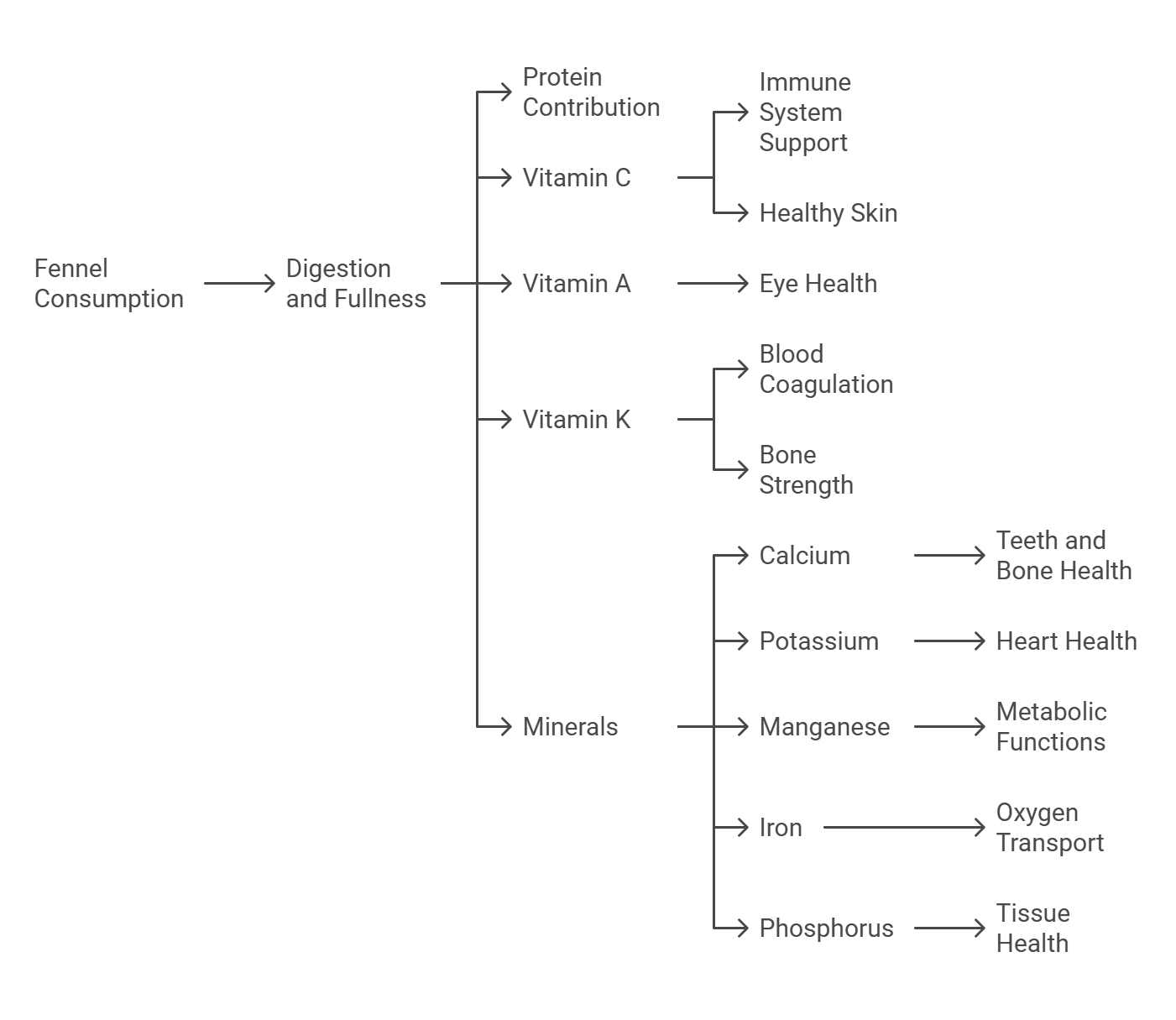Nutritional, Therapeutic and Food Industrial Aspects of Fennel Seeds (Foeniculum vulgare): A Comprehensive Review
DOI:
https://doi.org/10.3333/ae7dd325Keywords:
Fennel Seeds, Pharmacological Aspects, Industrial ApplicationsAbstract
Fennel (Foeniculum vulgare), a perennial aromatic herb belonging to the family Apiaceae, has been valued since ancient times for its medicinal, nutritional, and culinary properties. Originating from the Mediterranean region, fennel is now cultivated globally, particularly in India, Egypt, and Italy. It is rich in essential nutrients such as potassium, calcium, iron, vitamin C, and dietary fiber, which contribute to digestive health, metabolic balance, and cardiovascular support. Phytochemically, fennel seeds contain volatile compounds like anethole, fenchone, and estragole, along with phenolic acids and flavonoids, including quercetin and rosmarinic acid, that exhibit strong antioxidant, antimicrobial, and anti-inflammatory activities. These bioactive constituents are responsible for fennel’s diverse therapeutic benefits, such as relieving gastrointestinal disorders, reducing oxidative stress, and regulating hormonal balance. Moreover, fennel has shown potential anti-diabetic, anti-obesity, and anticancer effects in various experimental studies. In traditional medicine, it is widely used to promote lactation, alleviate menstrual discomfort, and enhance memory. In the food industry, fennel seeds and their essential oils serve as natural flavoring agents in bakery items, confectionery, beverages, and spice blends. Additionally, fennel demonstrates environmental significance through its insecticidal and larvicidal activities, offering eco-friendly pest control alternatives. Due to its broad pharmacological and industrial applications, fennel remains a promising plant resource for functional foods, natural therapeutics, and agro-based innovations. Updates on F. vulgare, including its nutritional composition, traditional system use, pharmacological attributes, and significant potential as laborious cooking ingredients, were compiled in this chapter.


















